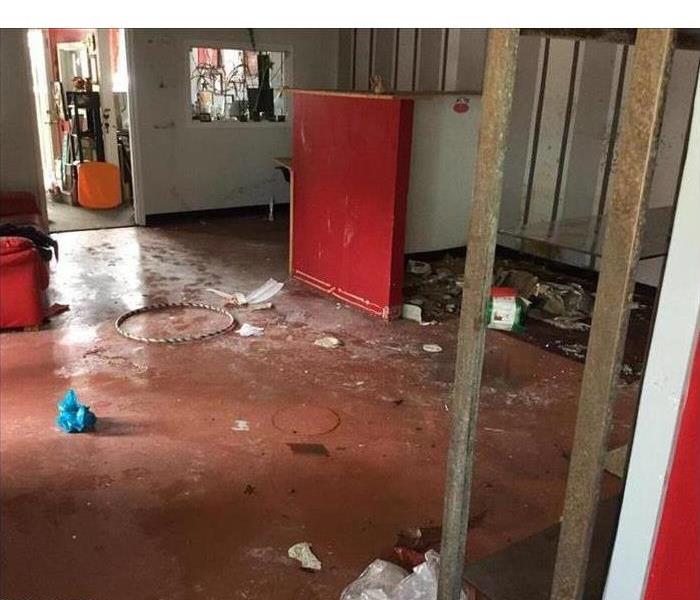When is Hurricane Season 2023?
6/5/2023 (Permalink)
It is important to be prepared for Hurricane Season
The Atlantic Hurricane season began on June 1, 2023 and continues through November 30, 2023. During this time, you may hear a lot of terms and storm classifications being thrown around by TV meteorologists, but you may be wondering what they actually mean. This article will help guide you through hurricane season.
How do hurricanes begin? A hurricane is characterized as a storm originating in the Atlantic Ocean. As hot air begins to rise over the ocean, cool air moves in to take its place. The process continues until storm clouds and thunderstorms develop, which continue to build and intensify as rotation begins. As the storm grows, it will pass through four distinct stages:
Tropical Disturbance: a mass of thunderstorms with wind speeds of less than 23 mph.
Tropical Depression: consistent wind speeds between 23-39 mph and a circulation of wind in the center of the thunderstorm mass.
Tropical Storm: this stage begins when sustained winds have reached 39-73 mph. At this point storms are named and characterized by problems from intense rainfall.
Hurricane: forms when surface pressures drop and winds reach 74 mph. There is now a clear and definite rotation around a calm center, known as the “eye.”
Once a hurricane is formed, it may be classified as one of the five categories as defined by the Saffir Simpson Hurricane Wind Scale. Though it is important to note that a hurricane may rise through the stages as it develops and makes landfall. The five categories are as follows:
Category 1: Winds 74 to 95 mph (Minor damage)
Category 2: Winds 96 to 110 mph (Extensive damage — Can uproot trees and break windows)
Category 3: Winds 111 to 129 mph (Devastating — Can break windows and doors)
Category 4: Winds 130 to 156 mph (Catastrophic damage — Can tear off roofs)
Category 5: Winds 157 mph or higher (Can level houses and destroy buildings)
This scale only estimates what property damage could occur with the maximum sustained wind speed of that specific stage; it does account for other dangerous events that often accompany hurricanes, like tornadoes, flooding, and storm surge. It is important to be prepared for hurricanes and to listen to the guidance of local officials to keep you and your family safe.
Sources:
https://www.wtoc.com/2020/03/31/how-do-hurricanes-form/
"What is the difference between a hurricane, a cyclone, and a typhoon?". OCEAN FACTS. National Ocean Service.

 24/7 Emergency Service
24/7 Emergency Service
